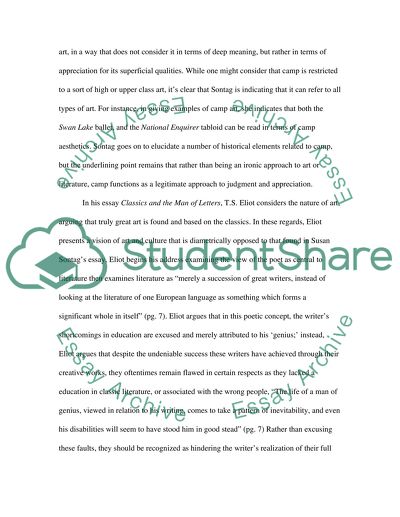Cite this document
(“An Analytical Perspective: Central Aspects Of Art And Literature Essay”, n.d.)
Retrieved from https://studentshare.org/literature/1418694-50-essay-question
Retrieved from https://studentshare.org/literature/1418694-50-essay-question
(An Analytical Perspective: Central Aspects Of Art And Literature Essay)
https://studentshare.org/literature/1418694-50-essay-question.
https://studentshare.org/literature/1418694-50-essay-question.
“An Analytical Perspective: Central Aspects Of Art And Literature Essay”, n.d. https://studentshare.org/literature/1418694-50-essay-question.


